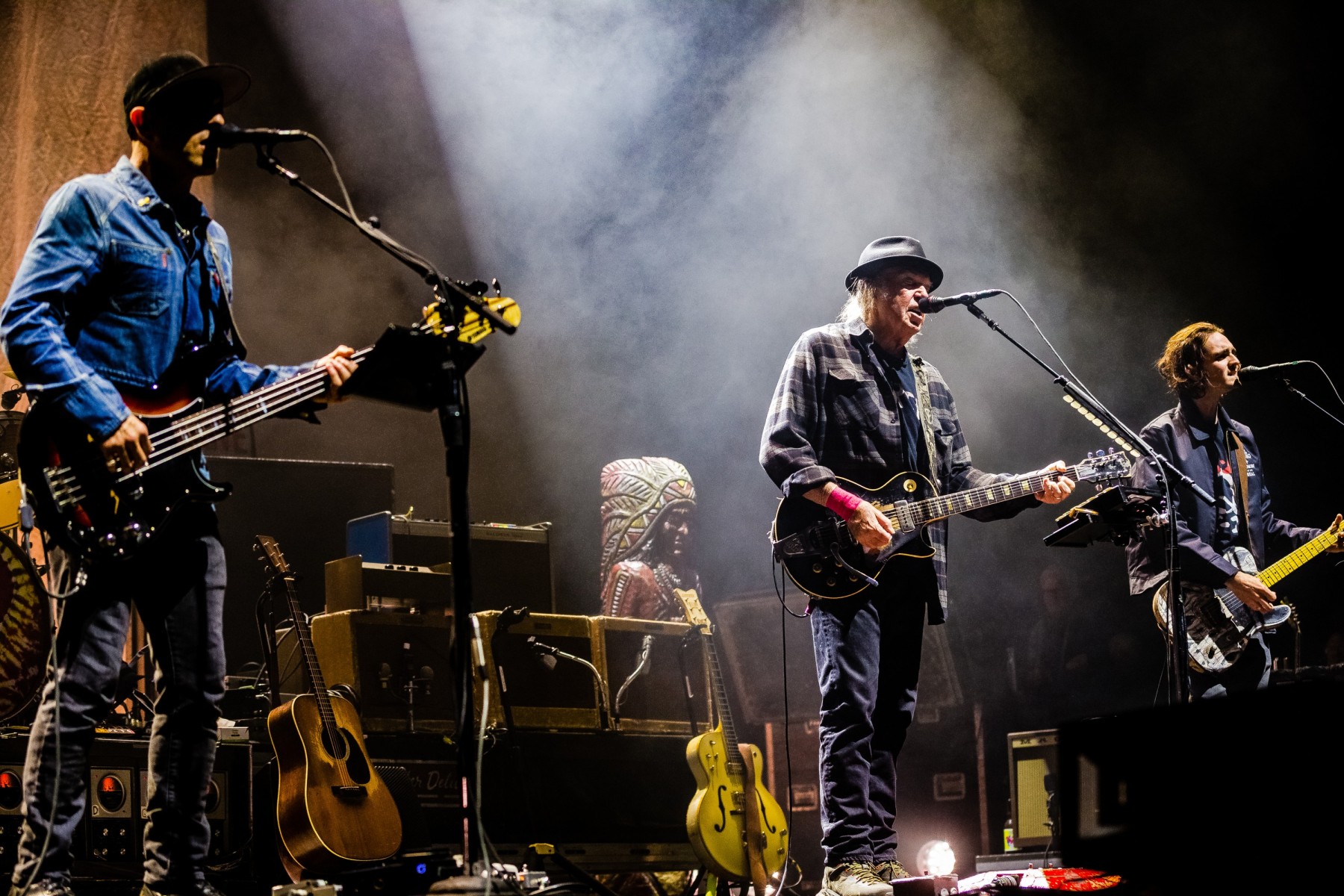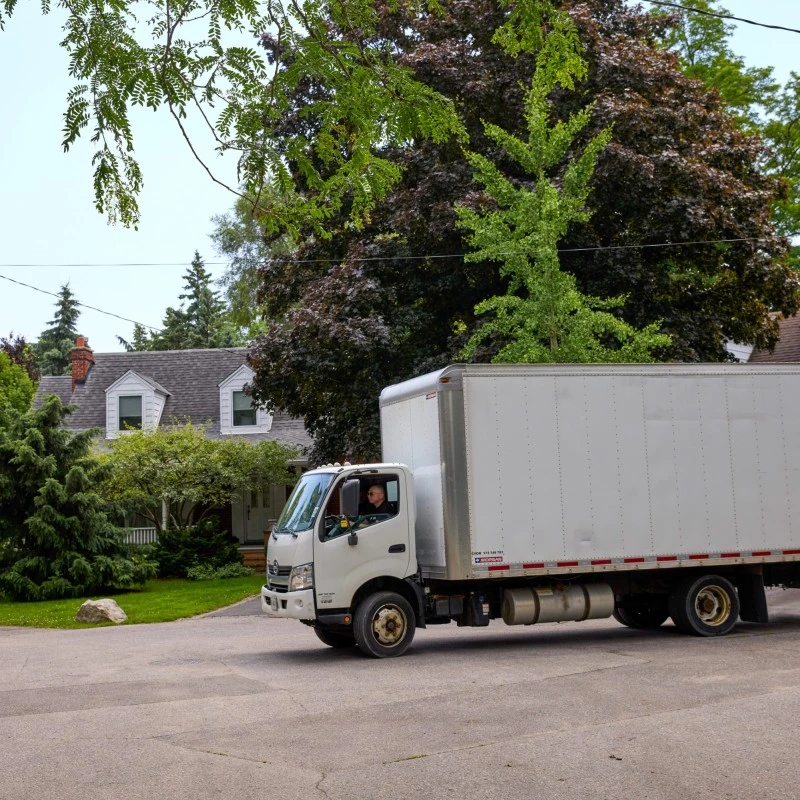Canada’s Music Scene: From Traditional Roots to Modern Beats


Expect nothing less than total diversity and loads of talent from a country made up of indigenous traditions, a plethora of international cultures, and an activated contemporary music scene.
In this article we break down the evolution of Canadian music through various genres throughout history including:
Indigenous musical traditions in Canada
Music is a staple of Indigenous culture and these rich musical traditions existed long before the arrival of Europeans.
Much of Indigenous music in Canada music is centred around singing and call-and-answer chanting (antiphony) accompanied by round drums made from animal hides stretched over a wooden frame and played with a mallet. Depending on the region, other instruments used include log drums, wooden flutes and shakers. Often the music is a foundational part of bigger traditional ceremonies such as potlatches and powwows.
The voice is the primary instrument, with each song holding significance. Many songs are specific to certain societies, clans, or ceremonies.
The Inuit have a distinct style of throat singing, known as katajjaq. Katajjaq usually consists of two women singing duets in a close face-to-face contest to see who can outlast the other. Usually one singer ends up bursting into laughter mid-song, meaning that her opponent has won the contest. One of Katajjaq’s most famous performers is Tanya Taqaq from Iqaluktuuttiaq, Nunavut.

Despite centuries of colonisation, traditional songs continue to be sung by Indigenous communities all over Canada. The survival of these songs and practices is an ongoing example of Indigenous resilience in the face of oppression.
French-Canadian Music

Early French settlers brought their music with them to Canada to create a lively, passionate and distinctive musical form.
French Canadian music has also at times fused with Celtic music, moreso in the Acadian regions of Canada.
Dance and song come together under the umbrella of French Canadian music for dances like the jig, jeux-dansé, ronde, cotillion and quadrille. Just like in Irish dance music, the fiddle is the most common instrument used. And what is French music without the beloved accordion? Also known to appear in the music are rhythmically-played spoons, bones and jaw harps. Foot tapping adds distinction to the music and provides a steady rhythm for the singers and musicians.
Children enrolled in French-immersion programs in elementary schools in other parts of Canada are taught to sing popular Carnaval de Quebec songs such as “Bonnehome, bonnehome sais-tu jouer,” which dates back to the 17th century.
Some contemporary French Canadian music has evolved into modern rock and pop. This new music was brought to the world stage by notable Quebecois singers such as Celine Dion.
Canadian Folk Music
Watching Much Music in the nineties made it apparent just how much Canadians love folk music. Folk music in Canada dates back to the 16th century where early settlers would take instruments and songs from their mother countries and play them in their homes and in the taverns of Canadian settlements.
This music evolved over the centuries to become one of the most popular musical form in Canada with internationally-known artists representing the genre including:
Music from the Maritimes and Newfoundland deserves a mention. Musicians from both regions carry their interest in traditional music from the British Isles and express it in their modern-day renditions of historical classics. Notable musicians include fiddler Ashley McIsaac of Cape Breton Island and Great Big Sea from Newfoundland.
Rock music in Canada

Canada has made significant contributions to rock and alternative music throughout the years. Some famous Canadian rock bands and musicians include:
One Canadian folk-rock artist deserves a whole paragraph to himself: Neil Young. As one of Canada’s most influential musicians with a worldwide audience, Young’s career spans decades and his Canadian roots are an important part of his identity. Beyond music, Young is an advocate and philanthropist for various causes including environmentalism and Indigenous rights. Young is an officer of the Order of Canada.
Multicultural and Fusion Music in Canada

As a country whose modern foundation is built on inclusivity and diversity, Canada has a wide array of artists whose cultural roots stem from all over the globe. Alongside the global talent pool in Canada are contemporary Indigenous musicians who fuse their traditional sounds with modern beats.
Notable multicultural musicians in Canada include Alpha Yaya Diallo (Guinean-Canadian), Lido Pimienta (Colombian-Canadian).
The Halluci Nation (formerly A Tribe Called Red) is a Canadian electronic music group who fuses instrumental hip hop, reggae, moombahton and dubstep-influenced dance music with elements of First Nations music such as chanting and drumming.
Caribbean music is a big deal in Canada and its significance is highlighted every year at Toronto’s Caribana Music Festival which is a 57 year-old festival celebrating Caribbean music and culture.
Chinese music was brought to Canada over 100 years ago to tour alongside Canadian opera troupes to entertain lumberjacks, miners and railway workers.The Canadian epicentres for Chinese music are Vancouver, Toronto, and Montreal.
READ: Cultural Festivals in Canada: Celebrating Diversity and Heritage
Canadian Hip Hop
View this post on Instagram
In 1998, Rascalz' collaborated with artists Kardinal Official, Choclair, Thrust and Checkmate to create the track "Northern Touch" which brought hip hop into the Canadian mainstream. Since the 2000's, Canadian hip hop rose to worldwide mainstream status with the Weeknd and Drake, and to a lesser extent Nav, Kardinal Offishall, and Tory Lanez.
Canada hosts multicultural hip hop subgenres including Indigenous, French, and Punjabi Canadian hip hop. Haisla hip hop duo Snotty Nose Rez Kids from Kitimat, B.C. are keeping the Indigenous hip hop fire alive on the world’s stage.
What do our customers say?



























